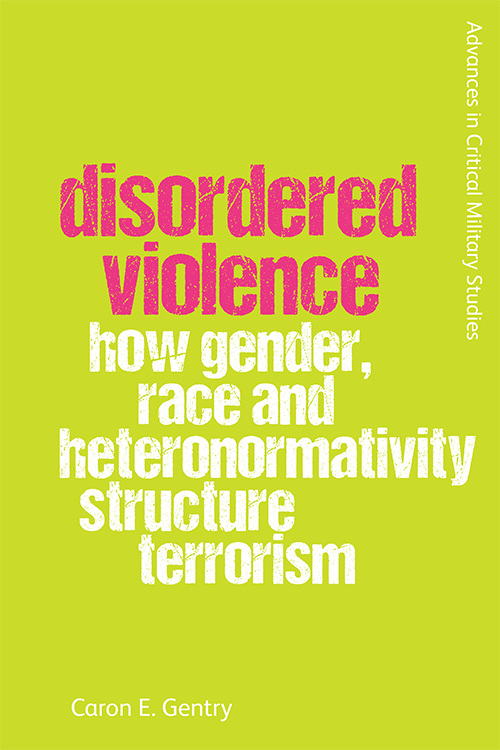
With the advent of COVID-19, the fear of terrorism – the world’s overriding security concern since 9/11 – has faded into the background. That it has been by surpassed by something that doesn’t contain the threat of physical violence is largely unprecedented in International Relations. In fact, given that the threat of terrorism is overblown and overhyped – you are more likely to die from choking or slipping in a bathtub than terrorism – it is more than a little surprising that it took a pandemic to topple terrorism as the perceived number one threat to security.
On the surface, it may seem obvious why our collective threat perception has been re-ordered: COVID-19 is simply more pressing. The worst-case scenarios are frightening and almost incomprehensible – in many ways, they spark the same anxiety of the unknown that terrorism does. But why did so many of us not worry about the threat of a global pandemic before now? (The Walking Dead or Contagion aside, of course). Borrowing from the central argument of Disordered Violence, we can begin to understand why we didn’t worry about pandemics before COVID-19.
How Violence is Perceived or ‘Ordered’
How Gender, Race, and Heteronormativity Structure Terrorism, as the subtitle to Disordered Violence, is more than a heavy-handed hint at the central argument. In the book, I argue that the reason we pay a disproportionate amount of attention to terrorism and how we perceive it – how we define it; who counts as a terrorist; what geopolitical locales or groups of actors we see terrorism stemming from – is dependent upon three factors.
First, gender is a social construct and, more particularly to this blog, masculinity and femininity have different relationships to violence. For instance, men are assumed to have a natural inclination to violence and therefore women are presumed to be more peaceable.
Secondly, race has been constructed historically in conjunction with civilisation; thus, there is a significant relationship between the construction of race and rationality and violence, with whiteness presumed to be less violent and more rational and blackness presumed to tend more towards violence and less toward rationality.
Thirdly, heteronormativity is an accepted given in terms of binary relationships between violence and attributes such as masculinity/femininity, legitimacy/illegitimacy, white/non-white, and/or state/non-state. Bringing these together helps us understand how the modern state system works.
The Ordering of Terrorism
Terrorism is often conceived of as violence conducted by brown, male actors in the Global South, driven by ideologies outside of Western political thought. White Western states and their agents are seen as acting legitimately in a system that legitimises state violence. (Western) state violence and violence conducted on behalf of states retains the upper hand precisely because it is linked with masculinity and whiteness. This imbues this violence with rationality and righteousness. Violence by states or non-state actors in the non-white Global South, often linked with a prejudicial view of Islam after 9/11, is embedded with irrationality and illegitimacy.
By being beholden to stereotypes and rigidly fixed ideas of what terrorism is and who conducts it (and who counters it) leads us into a false understanding of the phenomenon and its importance to everyday life – recognising some violences over others and seeing some violences as more legitimate than others depending on who conducts it and who benefits from it. Therefore, terrorism has been seen as a threat greater than it is because the West has conceived of it as a threat to the state stemming, often (and often unjustly) from brown people in the Global South. States can thus respond in overstated (and unjust) ways via counter-terrorism, i.e. the torture at Abu Gharib and Bagram, extraordinary rendition, etc., but as states they retain their legitimacy in the current Western state-centric system.
The Ordering of International Relations
In short, how we think about threat is dependent upon how we think about gender, race and heteronormativity. Threat in International Relations is often determined by how masculine that threat is; in other words, how much the threat is linked to power and the willingness to use it (violence and force) and if this is enough to overwhelm your own power, violence and force. Thus, threat and security are often connected to the stuff of ‘hard (masculine) security’ – military might and the possession of weapons (of mass destruction).
Disease, illness and pandemics are about as ‘soft’ (feminine) as security threats get. Freedom from the threat of disease and illness are human rights, something only considered within ‘security’ in the past 20 years. Until now, these are seen as minor threats, which is perhaps why Donald Trump fired the White House’s pandemic team put in place by both George W. Bush and Barack Obama’s administration. Still, when Trump finally accepted COVID-19 as a threat, he had to racialise it, referring to it as the ‘Chinese Virus’. Therefore, gender, race and heteronormativity do not just structure social norms and dynamics, but the very way threat is conceived of in International Relations, from violence and terrorism to pandemics.
About the author
Caron E. Gentry is Professor of International Relations in the School of International Relations at the University of St Andrews. Her research focuses on gender and terrorism and includes (with Laura Sjoberg) Beyond Mothers, Monsters, Whores and articles in numerous journals.





